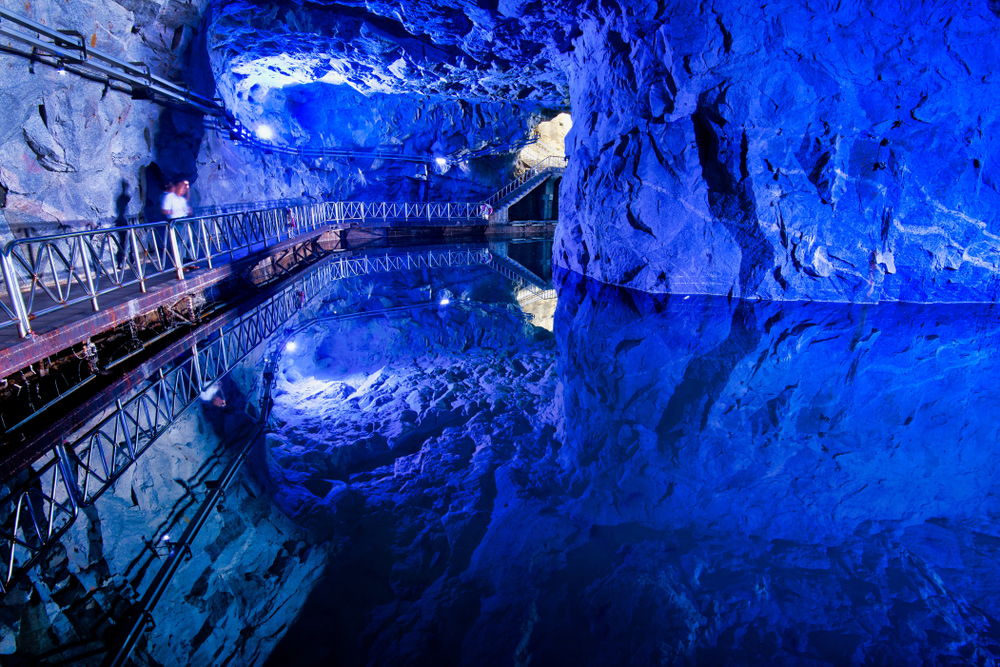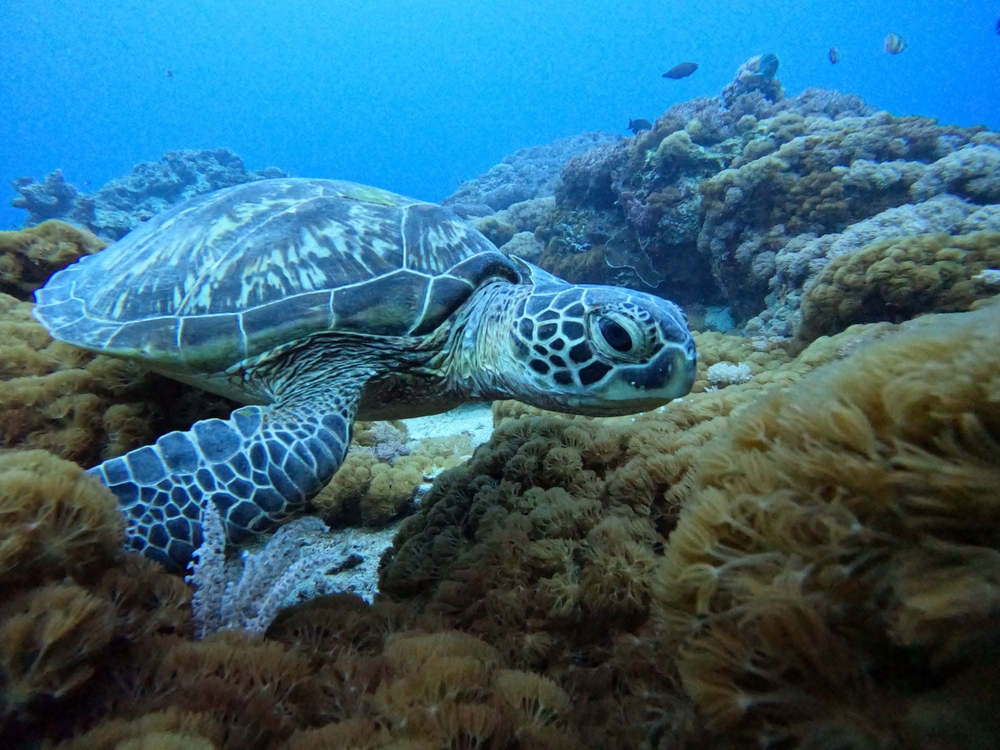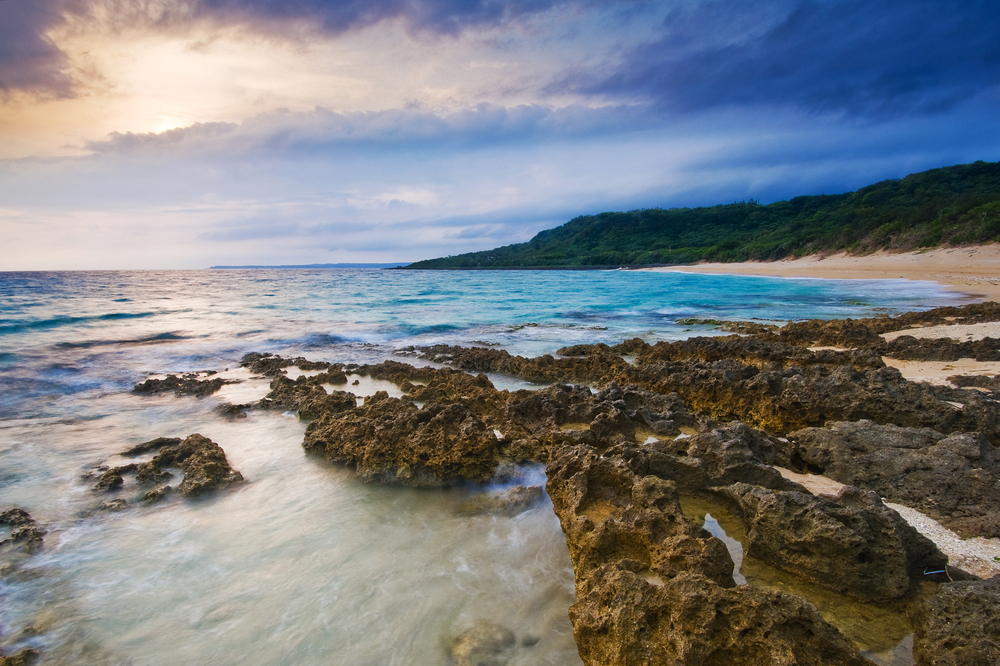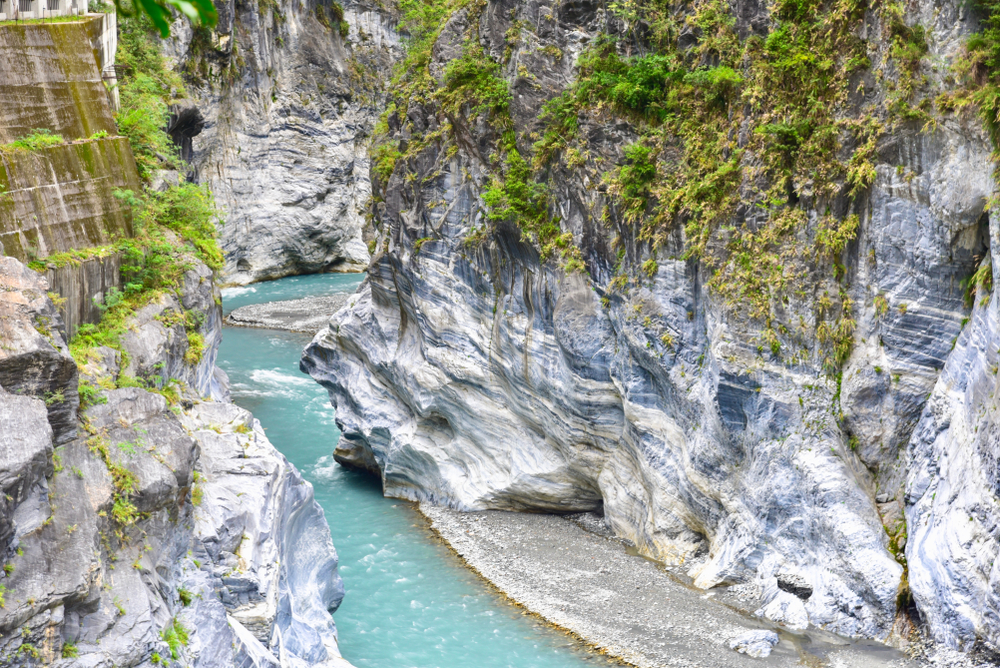Kinmen Overview
Kinmen National Park, located on Kinmen Island in Taiwan, locally known as “金門國家公園” (Jīnmén Guójiā Gōngyuán), spans approximately 14.9 square miles (38.7 square kilometers). Established in 1995, the park is a unique blend of natural beauty and cultural heritage, preserving the island’s diverse ecosystems, military history, and traditional architecture. Situated just off the southeastern coast of mainland China, Kinmen offers visitors a rare glimpse into both the natural and human history of the Taiwan Strait region.
The terrain of Kinmen National Park is characterized by its rolling hills, sandy beaches, and rocky coastlines. Granite outcrops and gentle slopes define much of the island’s interior, while the coastline boasts dramatic rock formations and serene bays. The park’s landscape is dotted with freshwater lakes and wetlands, such as Ci Lake, which provide critical habitats for wildlife. The vegetation is a mix of coastal plants, lush forests, and traditional agricultural fields, including rice paddies and orchards of jujube and longan trees. The park also features cultural landmarks such as traditional Fujian-style houses, offering a glimpse into the architectural history of the region.
Kinmen is renowned for its diverse wildlife, particularly its role as a haven for migratory birds. Over 300 bird species have been recorded in the park, including iconic species such as the black-faced spoonbill and the Chinese egret. These wetlands attract birdwatchers from around the world, especially during migration seasons. The park is also home to various mammals, including the Formosan hare and small Asian mongoose, as well as reptiles, amphibians, and numerous invertebrates. The coastal waters surrounding Kinmen support marine life, including crabs, mollusks, and fish that contribute to the island’s ecological richness.
One of the most notable features of Kinmen National Park is its historical significance. The island served as a frontline during the Chinese Civil War and retains numerous military structures, such as underground tunnels, defensive outposts, and the iconic Shishan (Lion Mountain) Howitzer Front. These remnants of conflict have been preserved as part of the park, providing visitors with a vivid insight into the region’s tumultuous history. Other attractions include the traditional villages of Shuitou and Guningtou, where visitors can explore ancient homes and temples.
Visitors to Kinmen National Park can enjoy a range of activities, including birdwatching, cycling, hiking, and exploring historical sites. The park offers well-maintained trails and interpretive centers that enhance the visitor experience. Guided tours are available to delve deeper into the island’s rich natural and cultural heritage. The Kinmen Kaoliang Distillery, located nearby, adds a unique cultural flavor to the experience.
Conservation challenges include balancing tourism with ecological preservation and managing the impact of invasive species. The park has seen success in restoring wetlands and reintroducing native flora. Collaborative efforts between local communities and park authorities have bolstered conservation while fostering sustainable tourism. This harmonious blend of protection and promotion ensures that Kinmen National Park remains a treasure for generations to come.














































































